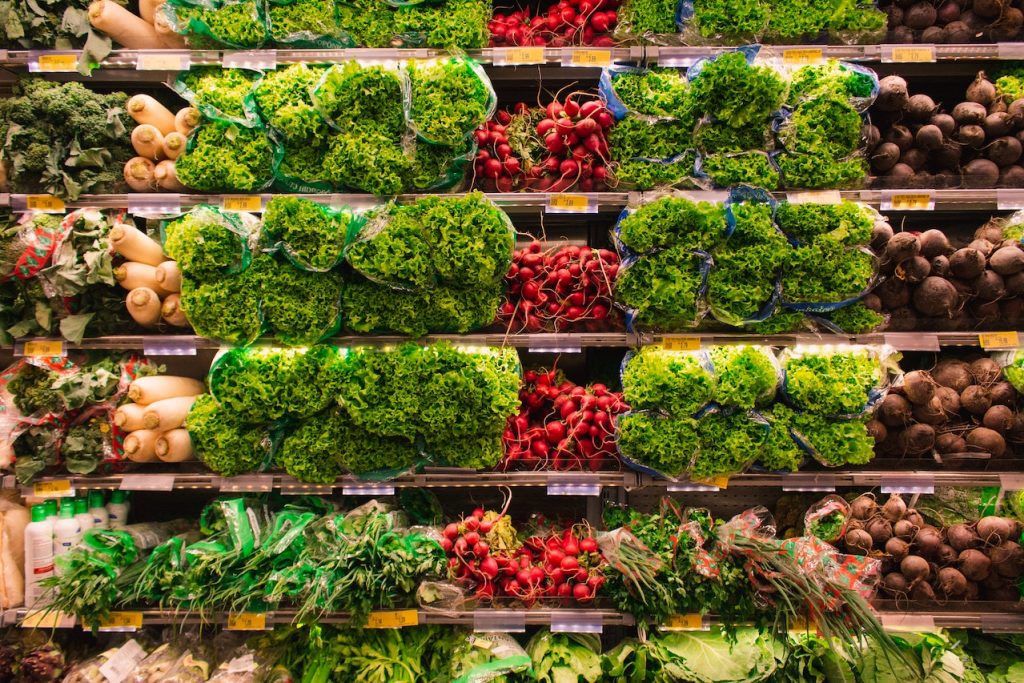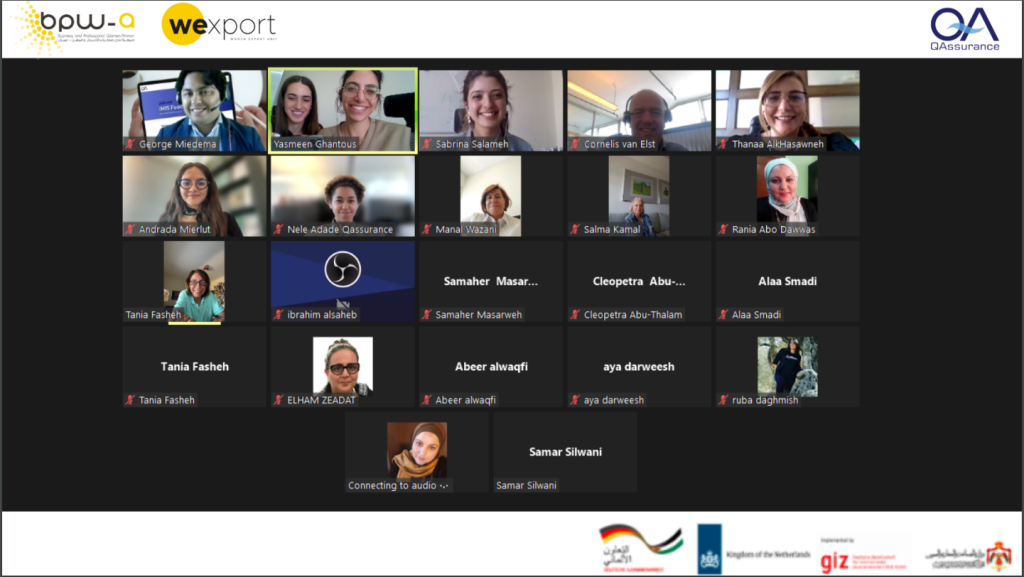Internal communication within the food company
Communication is essential in every company. It is important within our organisation that not only the policy and objectives are known and understood but also everything that has to do with food safety. It is important that everyone adheres to the policy and everything related to it. The management is responsible for ensuring that the HACCP team is fully informed in a timely fashion about changes that (may) have an impact on the food safety system. The HACCP team is responsible for implementing these changes in the system. The management also ensures that relevant information is used as input for the management review.
All food safety and product quality requirements are within the defined agreement with customers, and any revision of these clauses is communicated and implemented by each relevant department.
To achieve this, the following consultation structures take place:
• Management consultation, management team consultation
• HACCP team consultation
• HACCP consultation, monthly or quarterly
• Department consultation
• Performance and assessment interviews
• Product development consultation
Minutes are kept of every consultation.
In addition to scheduled consultations, many consultations take place informally.
To ensure that every new employee is also aware of the applicable policy, hygiene, etc., all new employees are informed before the start of their first working day. They must sign for this.
In addition, “training on the job” takes place.
During the consultation, control on the basis of knowledge questions, verifications, audits, etc. clearly shows whether the policy is understood and implemented. The communication, policy, and objectives are fed back and discussed in the management review. On the basis of the results, it is assessed every year whether there should be a change in communication.
Whistleblowing policy (Whistleblower Policy)
A confidential adviser has been appointed to whom matters relating to product safety, integrity, quality, legality, and working conditions can be reported anonymously if required. The confidential adviser ensures that the anonymized information ends up with the right people (management) who must investigate the report and take action. The management will ensure that, without unnecessary delay, all necessary corrections and corrective measures are taken to remove deviations in regard to product integrity and their causes. The reporter will not suffer any disadvantages from the report.
External communication
External communication to stakeholders (stakeholders, interested parties) in relation to the food safety system takes place among other things via management, sales, purchasing, and the quality manager. Stakeholders include customers (direct and indirect), suppliers of products and services, government agencies (such as dutch authorities (for example, NVWA), customs, tax authorities, municipal authorities, competent authorities, labor inspectorates), certifying institutions, trade associations and other parties that have to do with effectiveness or updating of the food safety plan. For example, communication with customers can include:
• product information
• identified hazards
• contractual agreements, investigations, orders, including adjustments
• feedback from customers and/or consumers, including complaints
If relevant, external communication is used as input for the management review and for updating the food safety plan.
Logo usage
The use of logos and references to standards in published communications and on the product is only done in accordance with the rules and conditions as included in the relevant standard. Edit
Notification of certification body and Dutch Food Safety Authority
The management shall ensure that the certifying body and the Dutch Food Safety Authority NVWA are informed of any changes that may affect the company’s ability to meet the certification or statutory requirements. This includes at least
- every change of name of the legal person
- every change in the location of the production site
- in the event of an incident.
The NVWA notification manual indicates when NVWA must be notified. See the Recall procedure for this. If a food safety incident occurs, the certification body is notified within 3 working days. The notification of the incident is sent to the e-mail address of the certification body and to the lead auditor (in CC if desired in English). The information below must be included in the email.
Email subject: Incident notification – Country name – Company name
Type of incident.
- Date of the recall or incident: YYYY-MM-DD.
- The reason for the recall or incident.
- Products involved: product name and lot code/batch code. How much of which product was returned, and how was the returned product handled? What is the status of a product that was not returned, etc.
- A description of the first corrective actions. What actions have been taken and/or planned to minimise the chance of this type of incident recurring.
- Steps and activities are taken in response to the incident.
- Underlying cause of the problem.
- Preventive action plan.
- When the next audit is scheduled.
- Standard(s) against which the organisation is certified, such as BRC, IFS, FSSC 22000, etc.
What do we mean by an incident?
When the NVWA imposes a sanction (fine report).
- All product recalls, resulting in negative media coverage or being under increased surveillance.
- A threat to public safety (e.g. outbreak of food poisoning or injury to customers).
- An evidence of wrongdoing (e.g. fraud, corruption).
- Negative public statements from a regulator, NGO or major retailers.
Only genuine recalls need to be reported to the certification body. The blocking of products in storage or under the control of the producer (e.g. storage at a logistics service provider, but not yet delivered to a customer) falls outside the reporting obligation. This also applies to breaches of (for example MRL) levels about which the customer is informed, but for which, after consultation with the NVWA, no recall is necessary. It may be the case that not all the information is available at the time of initial submission. In that case, it is important to make the notification in good time and additional details (e.g. about cause and corrective measures) can be added later.
Related articles to How is communication managed in the food company?
Many customers and visitors to this page 'How is communication managed in the food company?' also viewed the articles and manuals listed below:



